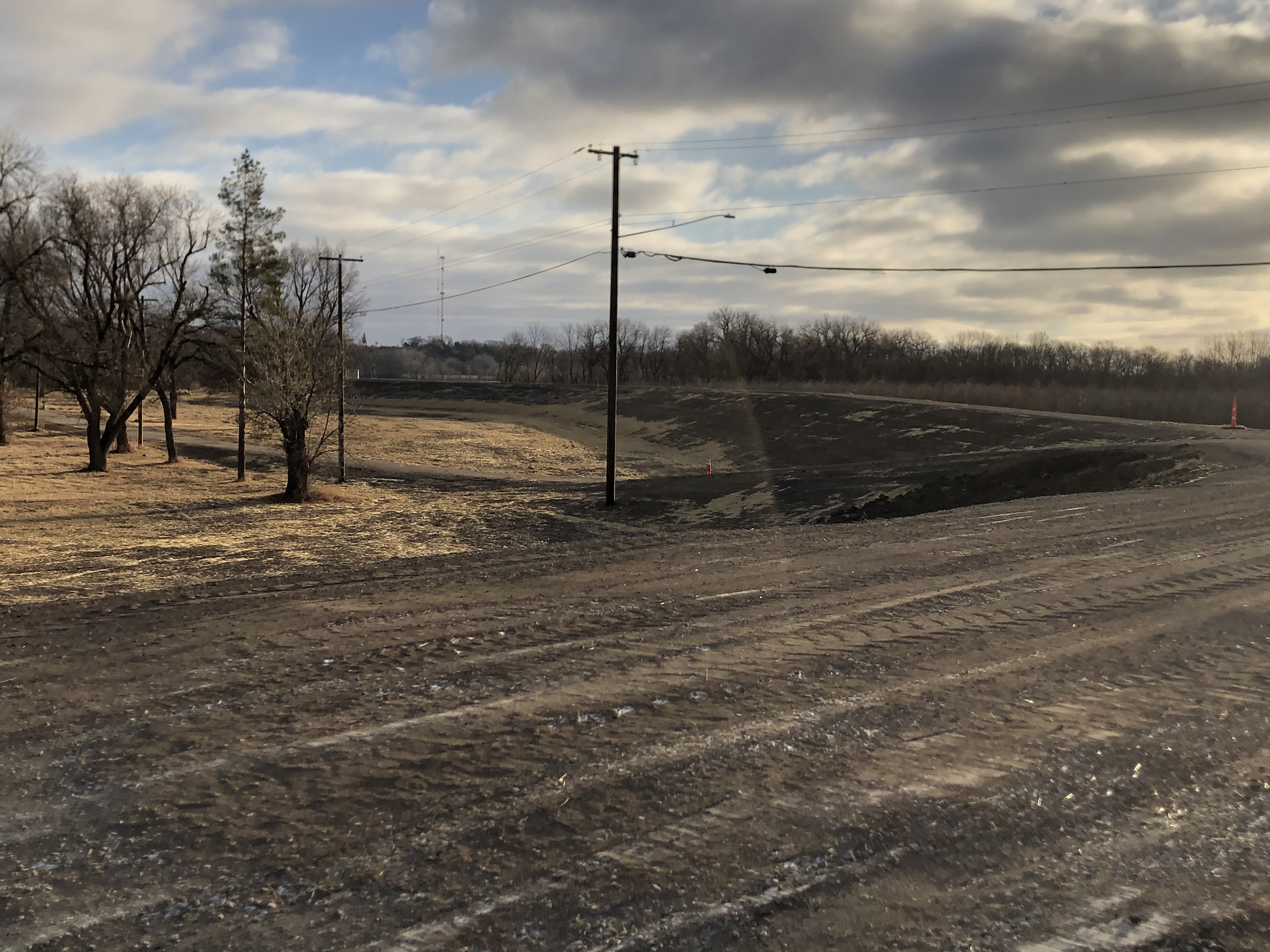
The U.S. Army Corps of Engineers has the authority, provided by Section 205 of the 1948 Flood Control Act, as amended, to plan, design and construct certain small flood control projects that have not already been specifically authorized by Congress. Both structural (levees, channels, or dams, for instance) and nonstructural (flood proofing or evacuation, for example) solutions are considered.
Studies are required to evaluate potential projects. Each project selected must be economically justified; that is, the benefits resulting from constructing a project must exceed the cost incurred to construct the project. It also must be environmentally acceptable and complete within itself. In addition, each separate project is limited to a total federal cost of not more than $10 million, including studies, design and implementation.
The feasibility study is comprised of an initial federally funded portion up to $100,000, and a cost-shared portion in which study costs in excess of $100,000 will be shared 50/50 with the non-federal sponsor. Additional project purposes may also be included, such as aquatic habitat restoration, recreation or other purposes, provided local interests indicate a need and are willing to cost share in accordance with existing policies for regularly authorized projects.
Once a project is approved, the non-federal sponsor must provide a minimum of 35 percent of costs for design and implementation, but not to exceed 50 percent of total project costs. At least 5 percent of the total cost must be contributed in cash. The remainder can include credit for those items spelled out below in the items of local cooperation. Section 205 allows the non-federal sponsor credit for certain work-in-kind, including feasibility study, design work, provision of materials and construction activities. A minimum of 5 percent of the total cost must be contributed in cash.
Local Responsibilities
Before a solution is implemented, formal assurances of local cooperation must be furnished by a state, local agency or Indian Tribe empowered with sufficient legal and financial authority to comply with all requirements of cost sharing. Typically, the local sponsoring agency must agree to the following:
- Cost share equally, feasibility study costs greater than $100,000.
- Provide all lands, easements, rights-of-way, borrow material and relocations as determined by the government for the construction, operation and maintenance of the project.
- For design and implementation provide at least 5 percent of the total cost as a cash contribution, plus any additional cash contribution or work-in-kind needed to make the sponsor’s total contribution equal to at least 35 percent of total project costs.
- Hold and save the United States free from damages due to the construction and maintenance of the project, except damages due to the fault or negligence of the United States or its contractors.
- Maintain and operate the project after completion in accordance with regulations prescribed by the Secretary of the Army.
- Provide all project costs in excess of the $10 million federal cost limit.
- Prevent future encroachment which might interfere with proper functioning of the project for flood control.
- Provide a contribution toward construction costs where special local benefits will accrue in accordance with existing policies for regularly authorized projects.
How to Request a Study
A Section 205 study may be initiated after receipt of a formal request from the prospective sponsoring agency, subject to the availability of federal funding. An example of an acceptable resolution is given below. This request and any further inquiries concerning a small flood control project should be made directly to:
U.S. Army Corps of Engineers, St. Paul District
ATTN: Project Management
332 Minnesota Street, Suite E1500
St. Paul, MN 55101-1323
|
Sample Letter to be placed on Agency Letterhead
|
|
To U.S. Army Corps of Engineers
This is in reference to the United States Army Corps of Engineers (Corps) Continuing Authorities Program (CAP). The [INSERT AGENCY NAME] understands that the provisions of Section 205 of the Flood Control Act of 1948, as amended, provides authority for the Corps to assist in the protection from flooding by the construction or improvement of flood control works. The [INSERT AGENCY NAME] requests that the Corps conduct a study to determine the feasibility of [briefly describe problem or need, including if appropriate, the name of the body of water or waterway, and city, township, etc.], in [county and state].
The [INSERT AGENCY NAME] understands that initial feasibility investigations would be fully federally funded up to $100,000. Any remaining feasibility costs would be shared 50/50 pursuant to the terms of a CAP Feasibility Cost Share Agreement. Moreover, the [INSERT AGENCY NAME] understands that if a feasible alternative is identified, a Project Partnership Agreement (PPA) will need to be executed between our agency and the Corps. Our obligations as a local sponsor under Section 205, including the cost share requirement of 35% of the project design and implementation costs will be outlined in this PPA.
Please contact [name, title, phone number] to arrange a further discussion of this inquiry.
|